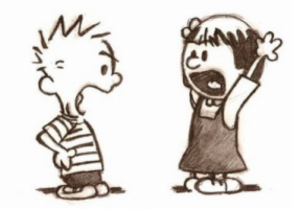The Art of Powerful Questions

Have you ever noticed the impact of a great question? Well-placed questions can enlighten, can generate new possibilities, and profoundly change what we do and how and what we think and feel. Like great art, a powerful question impacts us at our core.
What makes for a great question? It starts with the questioner. What is her intention? Is she curious or is she advocating? Is he nosy or does he deeply care for your best interest? Next, a powerful question avoids a simple yes or no answer. It begs for multiple responses, and in the question, we may be inspired to stay in the question for hours or even days.
Have you ever noticed that the most memorable and generative conversations are filled with questions? And the questions create even more questions. Hours can pass and it can feel like a few moments.
Try asking questions rather than providing answers when someone asks you for advice.
Here are some examples to help you get started:
- What would be an ideal situation for you?
- What do you want to be known for?
- If your legacy were represented by something in nature, what would it be?
- What makes your efforts worthwhile?
- What are some of the other possibilities you’d like to see emerge?
- What consequences might the change bring about?
- What can you do to make things better?
- What could happen for you to feel satisfied? Why would you benefit from that?
- What prevents you from asking for what you want?
- What’s the worst that could happen?
- What’s the best that could happen?
- How will you know it when you get what you want?
Give it a try and let us know how it goes.










